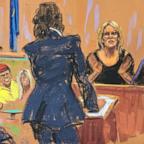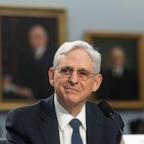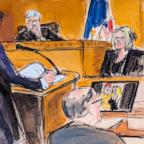Money funds remain at risk
— -- A year after the Reserve fund collapsed, a financial meltdown could still cause other money market mutual funds to see their share prices fall below $1.
The Reserve Primary fund jolted the financial world a year ago today when its share price dropped below $1 – "breaking the buck" as it's called.
Money funds keep their share prices at $1 every day, so investors don't lose principal. The Reserve fund was the first money fund open to the general public to break a buck. (A small institutional money fund, Community Bankers Money fund, broke the buck in 1994.)
The $64.8 billion fund held $785 million in short-term IOUs, called commercial paper, issued by Lehman Bros., which had filed for bankruptcy protection a day earlier. The fund's share price fell to 97 cents, and the fund is still being liquidated.
Could it happen again? Regulations controlling the $3.5 trillion money market industry haven't been changed significantly since Reserve collapsed. And with money fund yields at historic lows – an average 0.06% this week, iMoneyNet says – many money funds yield zero.
"If there isn't a radical change, it's almost certain to happen again," says Peter Crane, editor of Money Fund Intelligence, which tracks the funds. "But the odds of it happening again are long."
One reason: "Right now, people are running very conservative portfolios," says Brad Tank, chief investment officer of fixed income for Neuberger Berman.
Another: Many of the government programs supporting the money market are still in effect.
The Treasury's limited insurance program ends Friday. So far, it has reaped more than $1 billion in fees paid by funds at no direct cost to taxpayers.
But the Federal Reserve's program to support the asset-backed commercial paper market is still in force, and won't end until Feb. 1. So while the funds themselves aren't insured, the Fed still supports the market for many of their investments.
The Securities and Exchange Commission is mulling new regulations that would make it tougher for funds to break a buck. Among the proposals:




